This particular subject cropped up on a recent walk. Mr. B had stumbled across a polythene container on a previous stroll and this led to further debate.
Although more people now seem to be aware of this pass-time, what does this strange world involve?
Apparently its classed as some sort of outdoor ‘game’ in which navigational techniques are used to 'hide and seek' containers, called "geocaches" or "caches". A typical cache is a small waterproof Tupperware container which contains a logbook.
There are geocaches placed in over 100 counties around the world and on all seven continents, including Antarctica. After 10 years of activity there are over 1.1 million active geocaches published on various websites devoted to the activity.
Geocaching can be compared to a "treasure hunt" or "letterboxing", which uses clues and references embedded in a ;ist of instructions or a story. Geocaching was actually conceived shortly after the removal of selective availability from GPS on 1st May 2000. Because of the improved accuracy of GPS it allowed a small container to be specifically placed and located.
For the traditional geocache, someone will place a waterproof container with a log book (including pen or pencil) and other items to be traded, then record the cache's coordinates. These coordinates, along with other details of the location, are posted on a listing website. The finding geocachers record their exploits in the logbook and online. Geocachers are free to remove objects (except the logbook, pencil, or stamp) from the cache in exchange for leaving something of similar or higher value in its place.
The most common cache containers in rural areas are lunch-box sized plastic storage containers or surplus military ammunition cans, which are considered the gold standard of containers because they are very sturdy, waterproof, animal and fire resistant, relatively cheap, and have plenty of room for trade items. If a geocache has been vandalized or stolen it is said to have been "muggled" or "plundered."
Geocaches vary in size, difficulty, and location. Simple caches are often called "drive-bys", "park 'n grabs" (PNGs) or "cache and dash." Geocaches may also be complex, involving lengthy searches or significant travel. Examples include staged multi-caches; underwater caches, caches located up a tree, caches found only after long off-road drives, caches on high mountain peaks, caches located in challenging environments (such as Antarctica or north of the Artic Circle), and magnetic caches attached to metal structures and/or objects.
See www.geocaching.com as an example.
Wednesday, September 22, 2010
Subscribe to:
Post Comments (Atom)






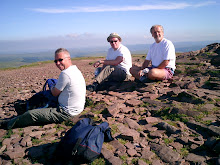


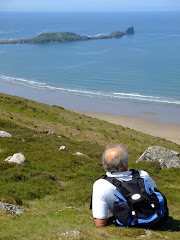


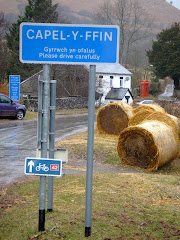
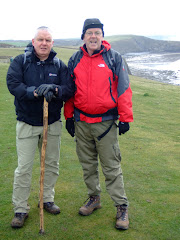


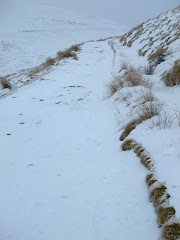


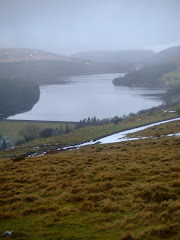





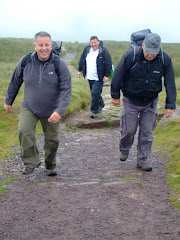








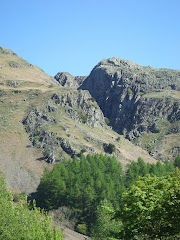
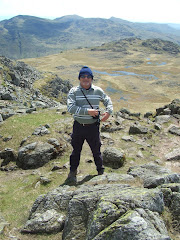
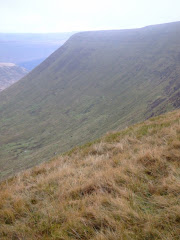

No comments:
Post a Comment